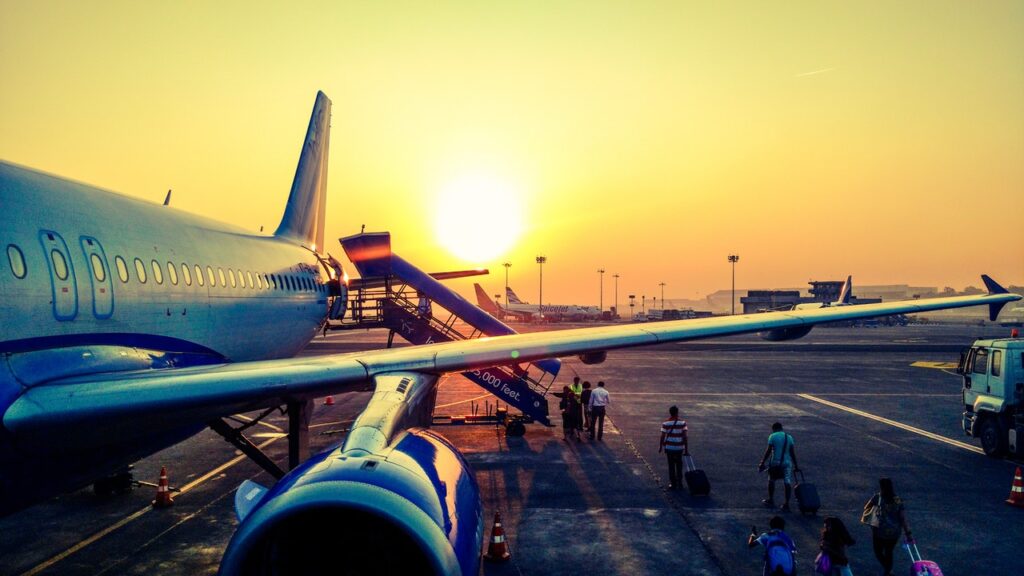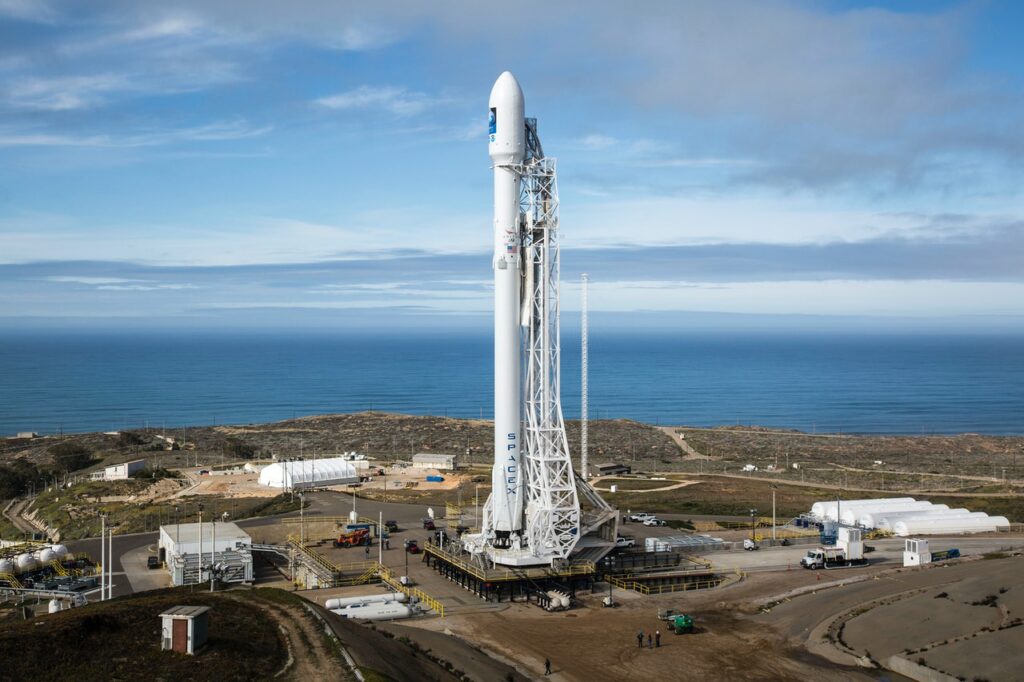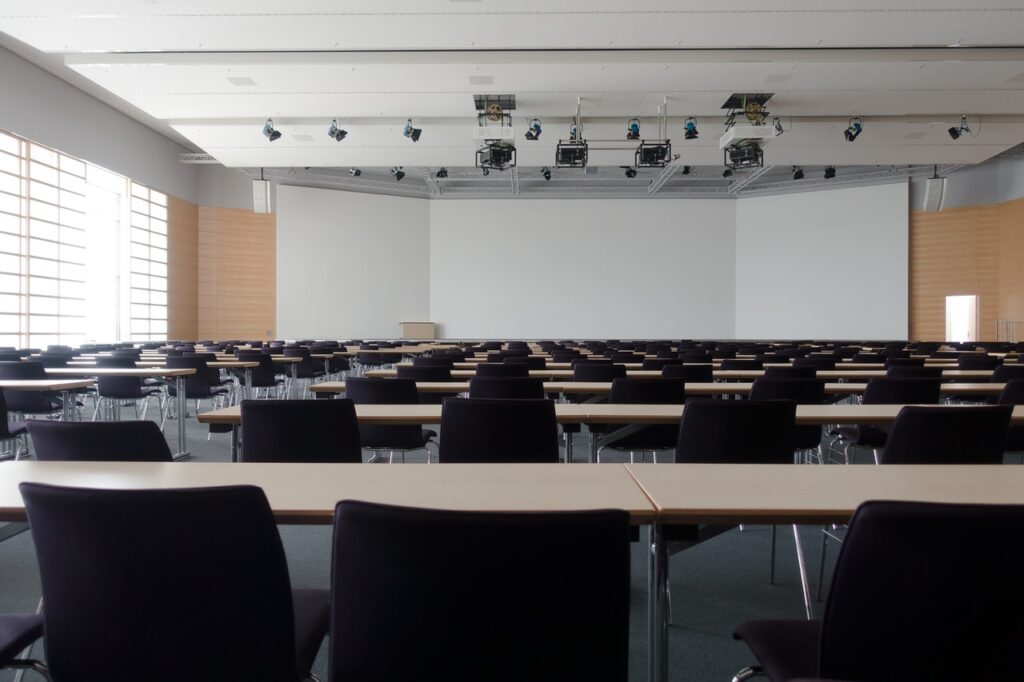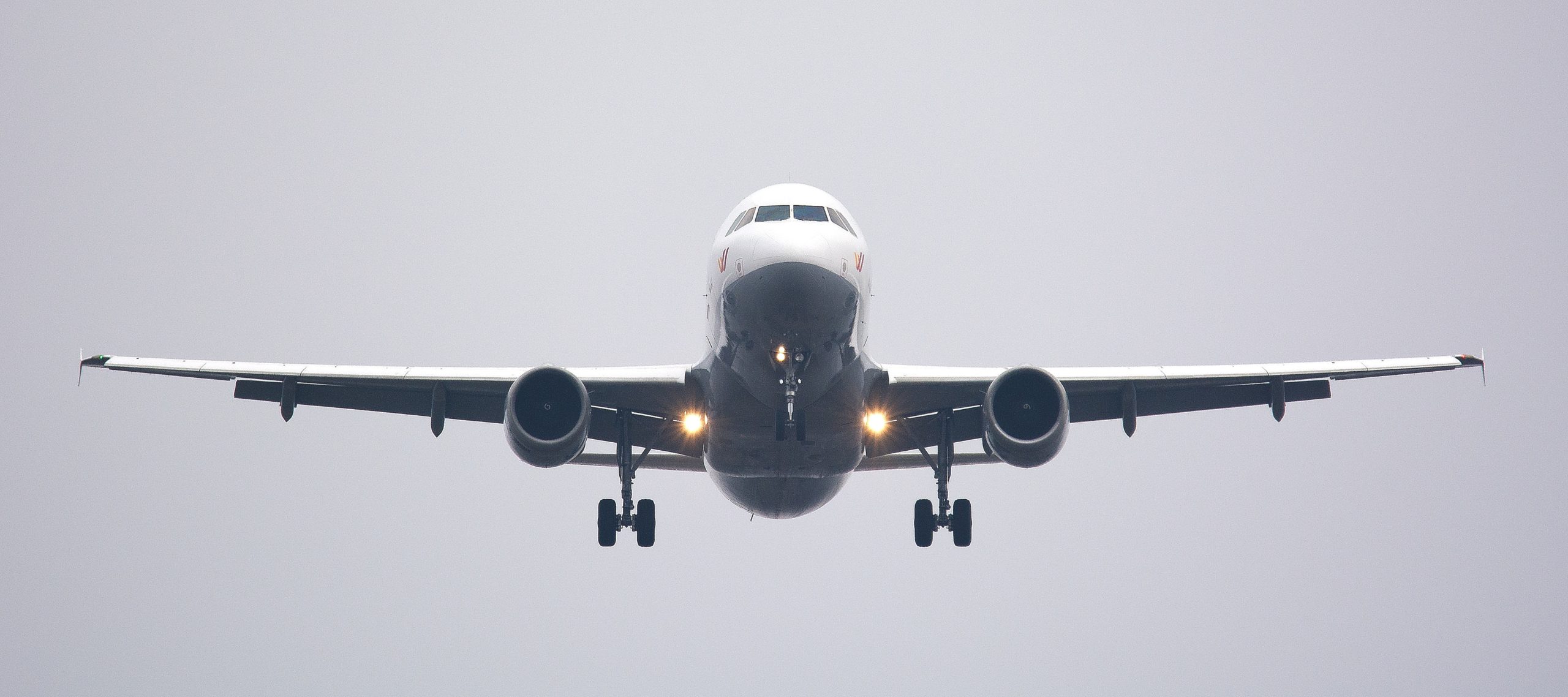The definition of what aerospace engineering actually means is commonly misinterpreted in today’s world. Does it refer to airplanes? Or spacecraft and rockets? Lets find out!
What is Aerospace Engineering?
Aerospace engineering is the building and designing of machines that can fly. It is one of the most recent branches of engineering, starting in the 19th century with its first ventures into the exploration of powered flight. As technology has progressed, two specialties within the discipline have emerged; astronautical engineering, which involves the design and development of spacecraft, and aeronautical engineering, which focuses on designing aircraft such as gilders, helicopters, fixed-wing jets and airplanes, powered lighter-than-air craft and many more!
Aeronautical engineers’ primary focus is to design aircraft that can fly within Earth’s atmospheric range, while astronautical engineers focus on the technology and science of spacecrafts that orbit and fly outside of the Earth’s atmosphere, according to the BLS (Bureau of Labor Statistics).

Aerospace engineers typically require a bachelors degree to enter into the field, usually in aerospace engineering. Some university programs that combine a bachelors and masters degree offering 5-year programs. All aerospace engineering programs are accredited by the ABET.
History of Aerospace Engineering
The origins of aerospace engineering can be linked back to the late 19th to early 20th centuries to the pioneers of aviation. Sir George Cayley and his work dates from the 18th to 19th century.
Sir George Cayley was a pioneer in aeronautical engineering and one of the most significant characters in the history of aeronautics. Credited to his name as the first individual to affect any atmospheric flight vehicle by separating the forces of lift and drag, .
December of 1903, the Wright Brothers accomplished the very first sustained, controlled flight of a heavier-than-air, powered aircraft. It lasted 12 seconds. The development of aeronautical engineering came in 1910 through the creation of World War I military aircraft.
The first evert definition of what aerospace engineering is appeared in February of 1958, considering outer space and the Earth’s atmosphere as a single zone, thereby involving both spacecraft (space) and aircraft (aero) under the neologism term aerospace.
Following the response of the USSR launching ”Sputnik” which was their first satellite, into space, this was carried out on October 4, 1957. U.S. aerospace engineers then launched their first satellite on January 31, 1958. As a response to the Cold War, The National Aeronautics and Space Administration (NASA) was then founded in 1958.
In 1969, the first space mission that included man kind to the moon took place, it was called Apollo 11 . This mission included three astronauts that would enter orbit around the Moon, with two actually walking on the moon walking on the Moon itself, these individuals were Neil Armstrong and Buzz Aldrin. Michael Collins who was the third astronaut, stayed in orbit to later meet with Armstrong and Aldrin after their visit.

New York to London on January 30th 1970, was the first commercial flight was from completed by a Boeing 747. This was an important innovation and made history, with this aircraft becoming known as the “Whale” or “Jumbo Jet”, as it was able to hold 480 passengers.
Aerospace Engineering Education
To become an aeronautical engineer, prospective young engineers must complete a bachelors degree program, usually in aeronautical or aerospace engineering, that has been approved by the ABET (Accreditation Board for Engineering and Technology). These programs can take 4 to 5 years to complete. Students typically begin their education by enrolling in college courses and taking classes in chemistry, physics and mathematics. Additionally most programs require students to complete introductory laboratories in which they test engineering principles applied to propulsion and flight.

Once the students have completed their core requirements, they may take the more challenging classes to cover topics ranging from electrical systems in cockpits to the aerodynamics of airplane bodies. After covering fundamentals of stability control and flight, students can delve into electrical components and aircraft sensors, as well as flaps and wing structure. These programs involve teaching power generation for aircraft, training for this may also include combustion engine design.
In the senior year of their bachelors degree in aeronautical or aerospace engineering, students will generally participate in design and laboratory courses. These courses may require research into issues ranging from wing designing to construction materials. Students may be responsible for managing flight and changing the areas where the designs may not function well while completing their assignments . Students may then alter models using their knowledge, they can then test the designs and also prepare class presentations.
Aerospace Engineering Careers
Engineering presents rewarding and demanding career opportunities positions across a large range of industries.

If choosing engineering as a career path, you must decide among different variations of engineering specialties and roots such as chemical engineering. aerospace, electrical and civil engineering. The aerospace engineering specialty includes such projects that are for lack of a better word – out of this world!
Jobs
Aerospace engineering is a very exhilarating career field therefore there is tough competition and high demand for job positions in this field. The BLS (Bureau of Labor Statistics) states that, job progression for this specialty division is only expected to ascend at a pace of five percent during the course of the following seven years. This is far below the average national growth rate for occupations in other specialty industries while also lingers behind other engineering disciplines which has a job development of six percent in that timeframe.
Even with this expected slow growth, advancement opportunities in this specialty field still are present for those who possess the correct skills. Simulation and modelling skills while also having a basic background in aerospace engineering, are the skills that are needed to set these highly skilled engineers apart from the others according to the BLS. Upgrades of original space and air craft is the main focus of the aerospace industry, upgrades such as these require extensive experiments and investigations to ensure that these new upgrades work as one would expect and when carried out no actual practicality is lost and also that all safety measures are followed.
IT and engineering companies now rely excessively on simulation and modelling, and testing that is based on computers as this is a very cost-effective method to trial their systems. The use these cooperating test tools allow aerospace engineers to save their employers budget and time on projects.
The most valuable career tip for aerospace engineers is to continue both training and education and also to gain access to networking tools to speak to other individuals in the same profession by enrolling in relevant institutes and aerospace professional associations such as the ”American Institute of Aeronautics and Astronautics,” this keep skills relevant and fresh as they advance in the field.
Salaries
Aerospace engineering salaries depend upon many factors including industry segment, experience, job location, and educational credentials. Senior-level aerospace engineers obviously command higher salaries than their junior-level counterparts. however, it is required that security clearance be carried out on aerospace engineers that work on defense systems, therefore often obtain higher salaries than the engineers just working on the upgrades of commercial aircrafts .
The top companies for the job title Aerospace Engineer are; The Boeing Company, Northrop Grumman Corporation and National Aeronautics and Space Administration (NASA). Reported that the salaries are at their peak at National Aeronautics and Space Administration (NASA) where the average pay is $100,509.
Other companies that offer high salaries for this role include SpaceX and The Boeing Company, earning around $91,800 and $90,640, respectively. The lowest is paid by the Naval Air Systems Command (NAVAIR) an comes in at around $75,904. Also included at the the lower end of the pay scale is the Lockheed Martin Corp and Dynetics, paying $77,912 and $80,000.
What do Aerospace Engineers Do?
As an aerospace engineers you will devise, investigate, trial, troubleshoot and develop advanced technology in aviation, spacecraft and defense systems. They create the measures and standards for quality control and design processes, identify issues for products that aren’t working as the should, and troubleshoot those problems.
Aerospace engineers possess a wide range of knowledge and they can execute their knowledge to any part of the engineering journey: design, investigation, application, trialing, utilization, and/or upkeep. Aerospace engineers also work in analysis areas, such as: structural/mechanical design, electronics, programming and dynamics.
Business roles, systems engineering and project engineering is well-suited to aerospace engineers – these are positions where knowledge of science and math as well as system-level knowledge would be needed to generate, and back up, any decisions.
Aerospace engineers often work in well lit offices, manufacturing environments or also in laboratories, where they have the technology to design or build spacecraft, missiles, aircraft, and/or systems for national defense systems. They work for either private companies or the federal government where they can engage in manufacturing, analysis and design, and research and development.
Aeronautical or astronautical engineering are two types of engineering that aerospace engineers can choose to specialize in.
Responsibilities
Some responsibilities of an aerospace engineer include:
- Dictate and organize the design, creation, and trialing of aerospace and aircraft products
- Investigate if proposals will result in the utilization of safe operations and meet the outlined goals of the projects
- Assess schemes for projects to govern whether they are financially and technically practicable
- Ensure that projects meet quality standards
- Assess designs and proposals to ensure the products meet the main engineering principles, environmental orders and client requirements,
- Examine and troubleshoot damaged or failing products to identify the root of problems and devise possible resolutions
- Devise acceptance criteria for design procedures, quality measures, maintenance after delivery, and fulfillment dates
Skills
Aerospace engineers design and create new technologies for utilization in spacecraft, defense systems, aviation. Aerospace engineers specialize in sectors such as aerodynamic fluid flow; propulsion, robotics; navigation, structural design, combustion, guidance, and control; communication and instrumentation .
Aerospace engineers can become specialized in creating different types of aerospace products in different areas, such as military and commercial helicopters and airplanes; spacecraft, remotely piloted rotorcraft and aircraft; , including satellites and launch vehicles; and rockets and military missiles.
Aerospace engineers often become specialists in related fields such as: materials, aerodynamics, thermodynamics, flight mechanics, propulsion, acoustics celestial mechanics, , and control guidance systems.
Future of Aerospace Engineering
There is going to be a very bright, revolutionizing future for Aerospace engineering! Engineers have already started creating plans for utilizing air space as future highways for PERSONAL use, madness! Flying cars may not be just a concept in movies for much longer!
In these cases you will see the amalgamation of aerospace and automobile engineering. It was recently unveiled that a flying car would be in mass production by 2026 in Japan.

The flying car is battery-powered and is also compact, this can help ease congestion on the busy streets. We can expect this trend to continue in the future as more and more countries are eyeing towards flying cars for solving modern-day traffic problems. And this is just the start of modern inventions through engineering!
The field of aviation will undergo many advancements moving forward. In 2018 we saw just that when Airbus trialed a solar aircraft which stayed in air-bound for 28 days.
This prototype isn’t adapted to take any passenger load at this time, however this is a major step in the correct direction. As this industry progresses, engineers will be needed to take the demand of different duties, therefore, many more job opportunities.
Companies such as Virgin Galactic are constantly working on an advancement in technology and engineering so that they can to take people safely to space for rides and tours.
Humans have always been entranced by the sky and stars. With the help of aerospace engineering we have not just been able to reach them, but to cross them, connecting the worlds around us.
If you have anything to add, please feel free to leave a comment down below, and sign up to our newsletter for more of the same content!


